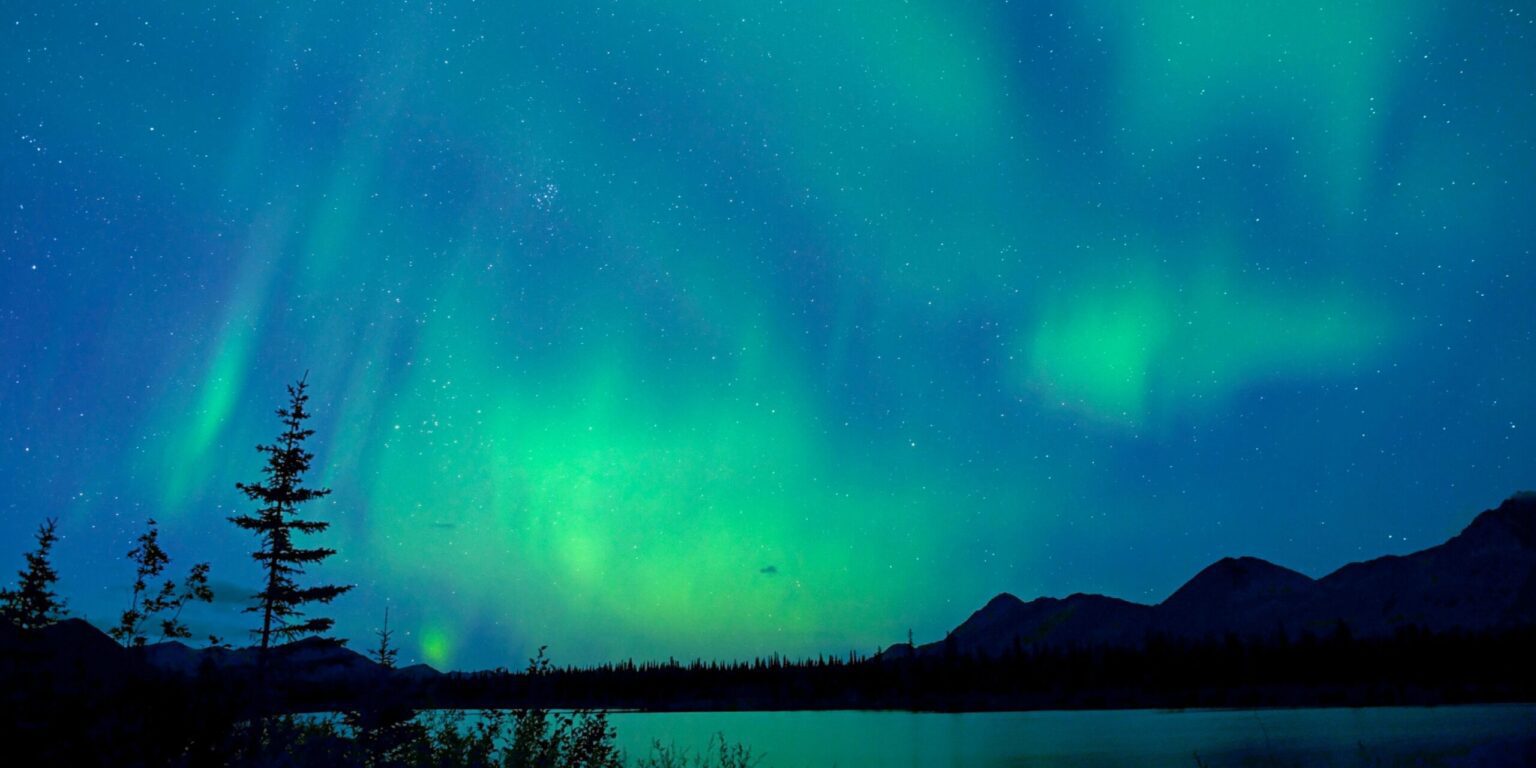By Zachary Fields, Senior Correspondent
A rare G4-level geomagnetic storm illuminated skies across the northern United States on June 1, 2025, as a powerful coronal mass ejection (CME) from the sun interacted with Earth’s magnetic field. The National Oceanic and Atmospheric Administration (NOAA) had issued a Severe Geomagnetic Storm watch, anticipating vibrant auroras visible as far south as Illinois and Pennsylvania.
A Celestial Spectacle Unfolds
The storm, resulting from a CME released on May 30, reached Earth late Sunday, causing geomagnetic disturbances that escalated from G3 (Strong) to G4 (Severe) levels. NOAA’s Space Weather Prediction Center reported that the most intense activity occurred between 8 p.m. and 11 p.m. EDT. While the auroras provided a stunning visual display, experts warned of potential disruptions to satellite communications and power grids.
NASA likened the CME to a solar “burp,” where the sun expels massive bubbles of charged gas, leading to atmospheric light displays upon interacting with Earth’s magnetic field. The true impact of the storm was assessed once the CME reached solar wind monitoring spacecraft approximately 1 million miles from Earth.
Scientists explained that these solar storms are part of a natural cycle tied to the sun’s 11-year activity rhythm. As solar maximum approaches, such events become more common and can have both benign and disruptive consequences depending on their intensity and Earth-facing direction.
Widespread Visibility Across the U.S.
Residents across the northern U.S. shared breathtaking images of the auroras on social media, capturing hues of green, pink, and purple dancing across the night sky. Communities in Michigan, Wisconsin, and Minnesota were particularly fortunate, with skies clearing up just in time for the show.
The auroras were reported as far south as New Mexico and Texas, with viewers in cities like Denver, Kansas City, and Nashville catching glimpses of the phenomenon. Under the right conditions, auroras can be seen even further south, especially during severe geomagnetic storms such as this.
Skywatchers and amateur astronomers were advised to stay alert for continued geomagnetic activity into June 2. Optimal viewing times were shortly after sunset and in areas with minimal light pollution.
Understanding Geomagnetic Storms
Geomagnetic storms occur when CMEs—large expulsions of plasma and magnetic field from the sun’s corona—interact with Earth’s magnetic field. These interactions cause disturbances in the magnetosphere, which can induce currents in power lines, disrupt GPS systems, and interfere with satellite operations.
Despite the beauty of auroras, the underlying storms are a reminder of our planet’s vulnerability to space weather. Power grid operators and satellite companies closely monitor such events to mitigate risks. In extreme cases, solar storms can even damage transformers and necessitate widespread power shutdowns to protect infrastructure.
The recent storm did not result in any reported blackouts or major technological disruptions, though minor communication anomalies were noted by aviation and maritime industries. These included brief GPS outages and radio blackouts in high-latitude regions.
Safety Precautions and Monitoring
While the auroras are a visual delight, NOAA advises the public to remain vigilant about potential impacts. Space weather can be unpredictable, and proactive planning by industries reliant on satellite and power infrastructure is crucial.
Residents interested in viewing future auroras are encouraged to follow updates from NOAA’s Space Weather Prediction Center and local observatories. Forecasts include predicted storm intensity, expected duration, and ideal viewing times based on geographical location.
As solar activity continues to rise, the likelihood of similar or even stronger events increases. Public awareness and preparedness are key, not just for enjoying the spectacle, but for minimizing disruption.
Looking Ahead
The June 1 storm serves as both a stunning reminder of the universe’s beauty and a wake-up call about the invisible forces that affect our technological world. Scientists and forecasters will continue monitoring solar activity closely as the sun nears its expected peak around 2025-2026.
In the meantime, residents across the country can look forward to more opportunities to witness this dazzling natural display—an awe-inspiring blend of science and wonder unfolding in the night sky.
